Despite my best intentions, I was off to a late start, as usual. It was midafternoon—late afternoon, maybe—by the time I launched the boat and started rowing up Hanson Bay. I wasn’t sure because I hadn’t brought a watch. Given the jumble of gear I had hurriedly transferred from car to boat after launching, there were probably other things I hadn’t brought. And there were also things I had packed in such a rush that they wouldn’t be seen again until I unloaded the boat to trailer it home a in a week. But now that the boat was in the water, none of that mattered. I had finally managed to find my way to Ontario’s Lake of the Woods, twenty years after I’d first seen a chart of it.After parking the car, I took what little cash I had on hand into the marina store in a gesture to bolster the local economy, but I didn’t see much that looked useful. I finally bought a candle-powered flying lantern made of tissue paper—a red one, of course: a red lantern is the traditional award for a race’s last finisher, which suited my intentions for a languid cruise quite nicely. I handed over my last few Loonie coins, collected my change, and headed back to the boat.“SOAR TO NEW HEIGHTS!” the lantern packaging read—and, this being Canada, “S’ENVOLENT VERS DE NOUVEAUX SOMMETS!” The picture on the label showed a trio of glowing red tissue-paper spheres floating through a starry night above a skyline of spruces and pines. Airborne candles in the north woods? Last summer, a three-day stopover in Georgian Bay’s Churchill Islands had given me a front-row seat to a major forest fire. This year I’d be able to start my own.
Join The Conversation
We welcome your comments about this article. If you’d like to include a photo or a video with your comment, please email the file or link.
Comments (44)
Leave a Reply
Stay On Course

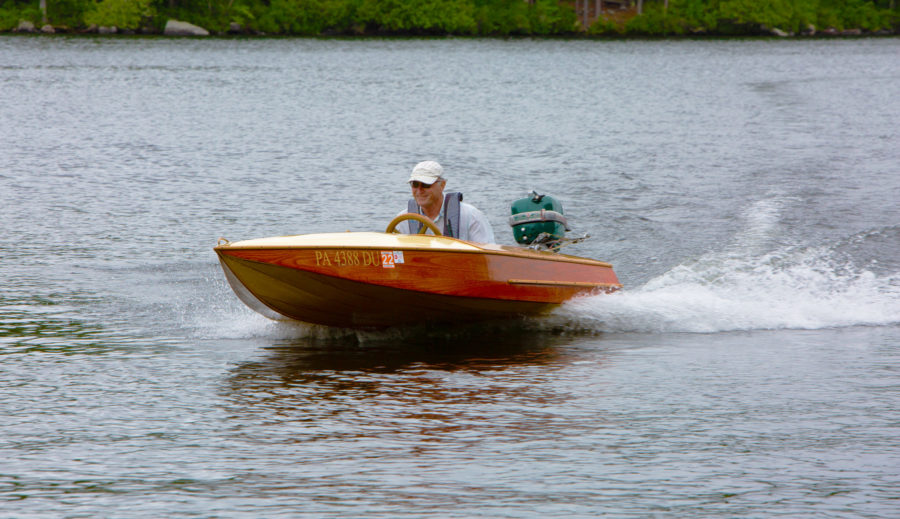
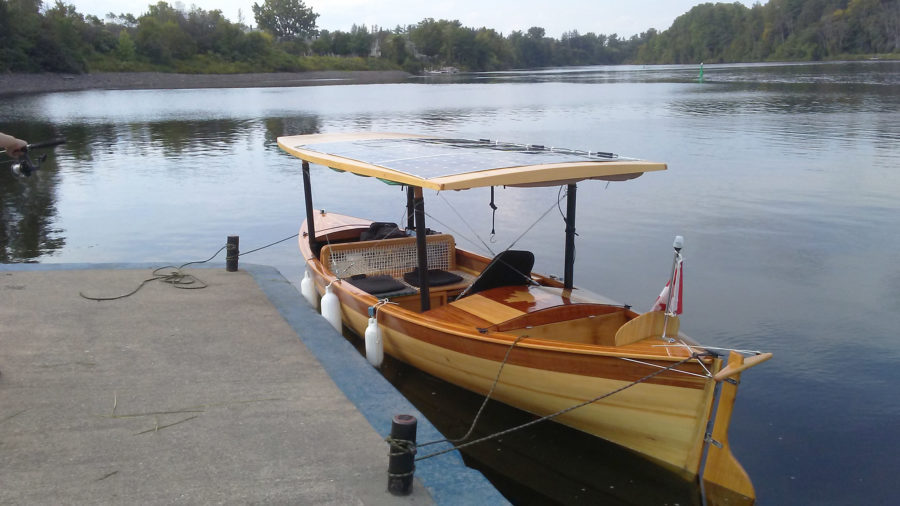
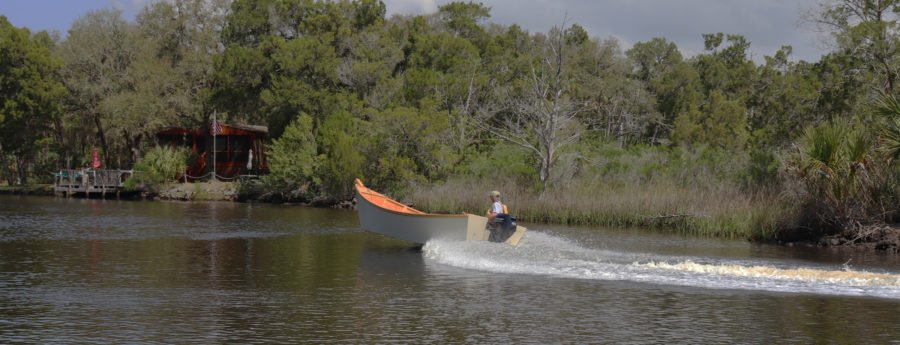
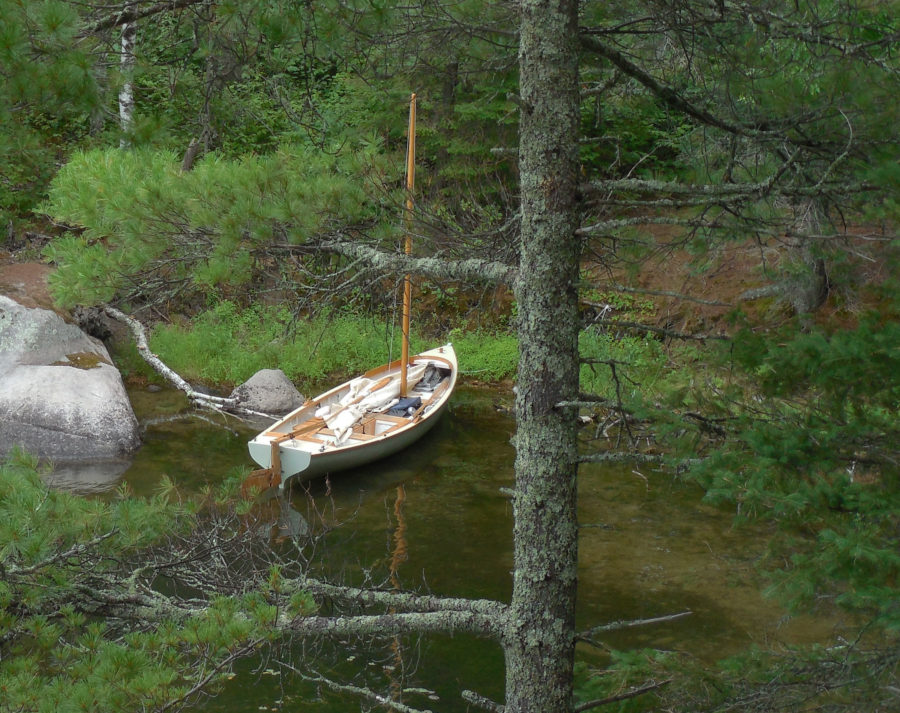
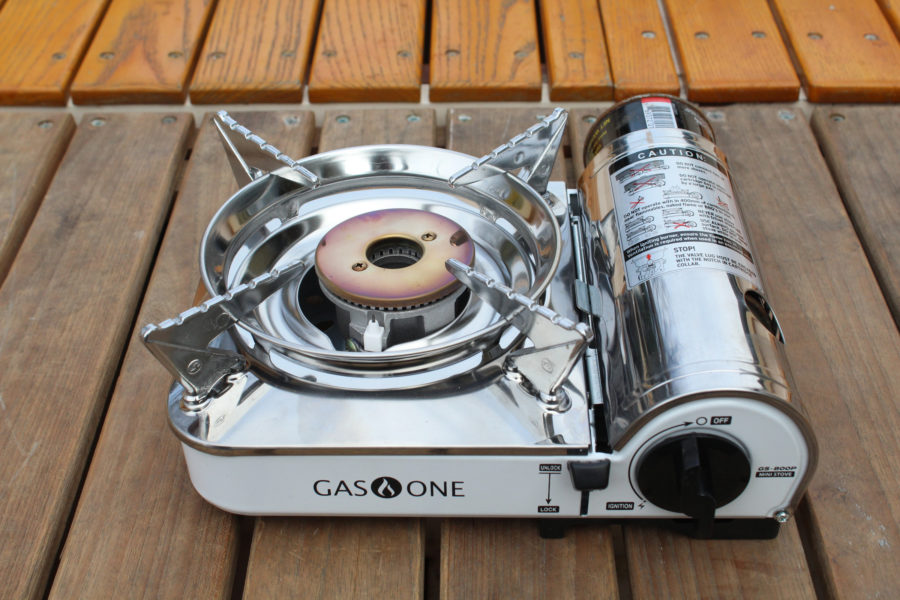
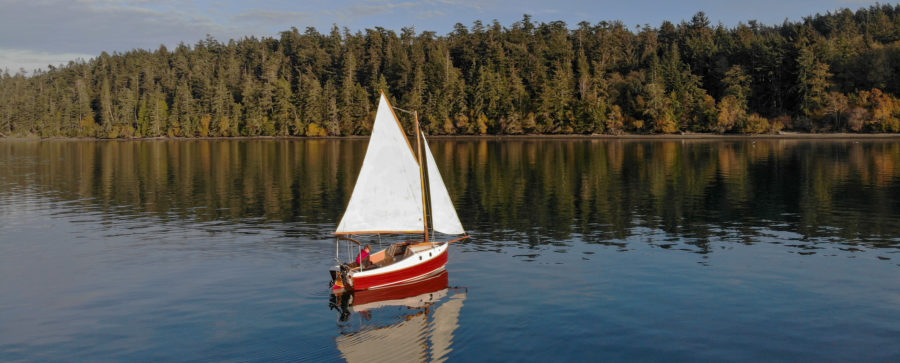

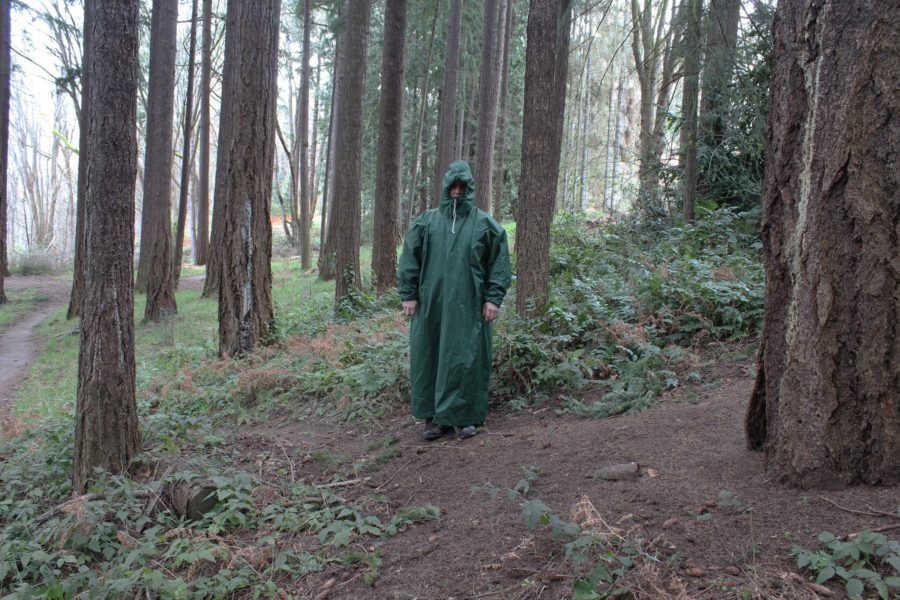
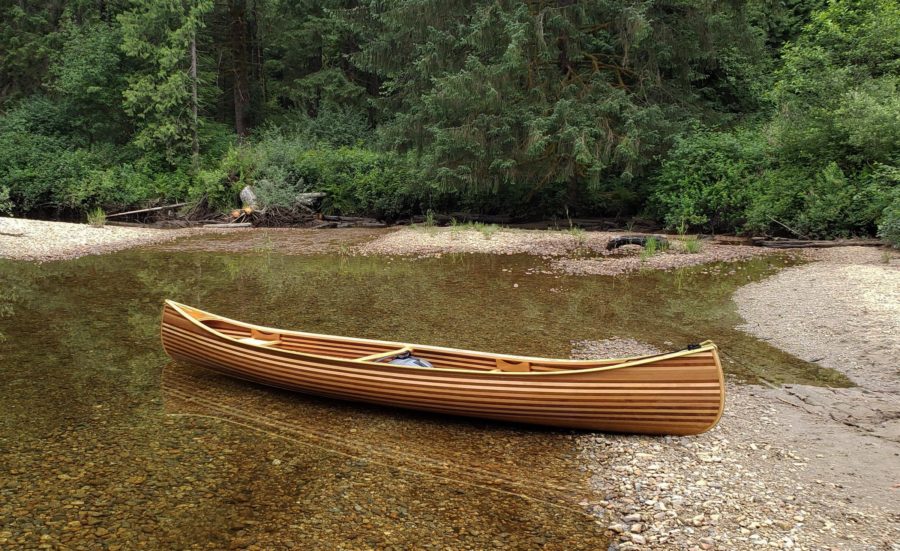

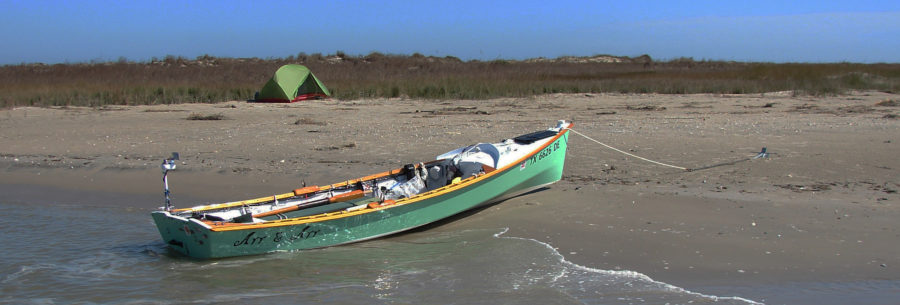
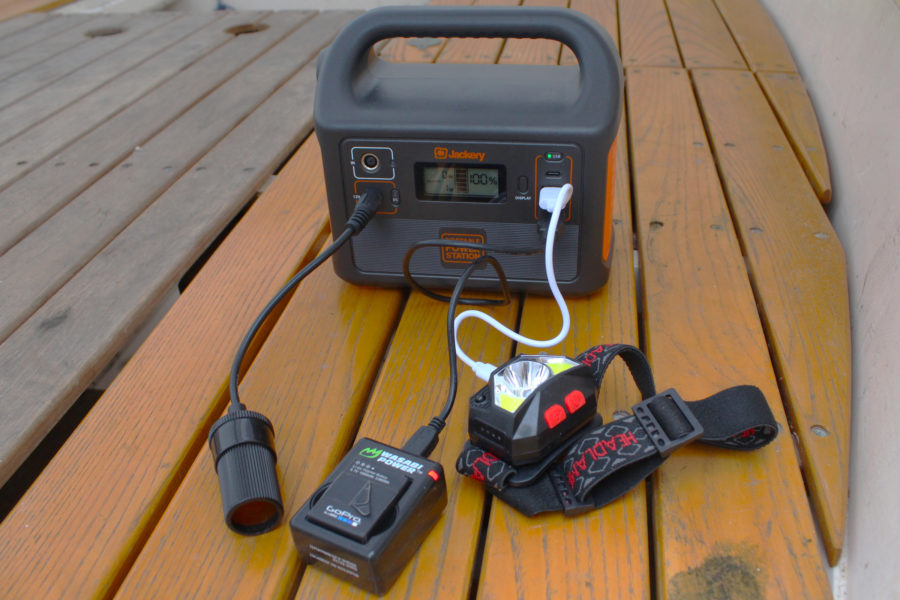

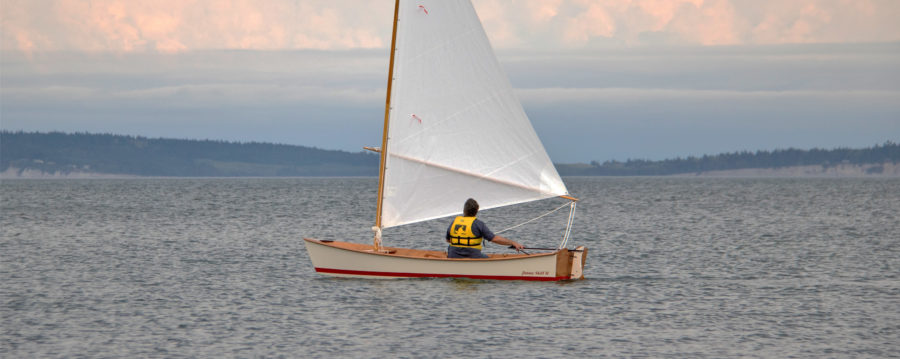
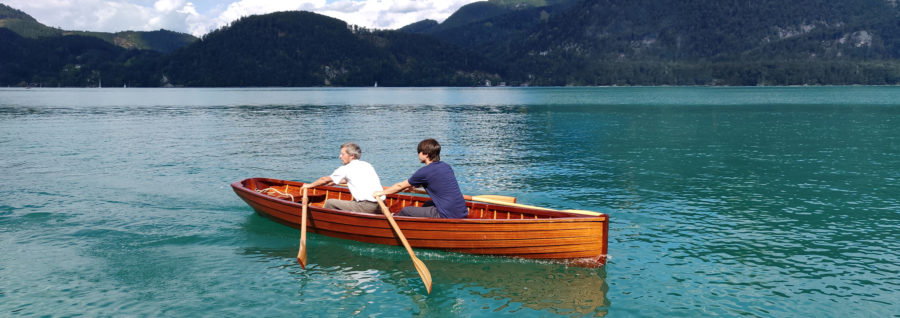
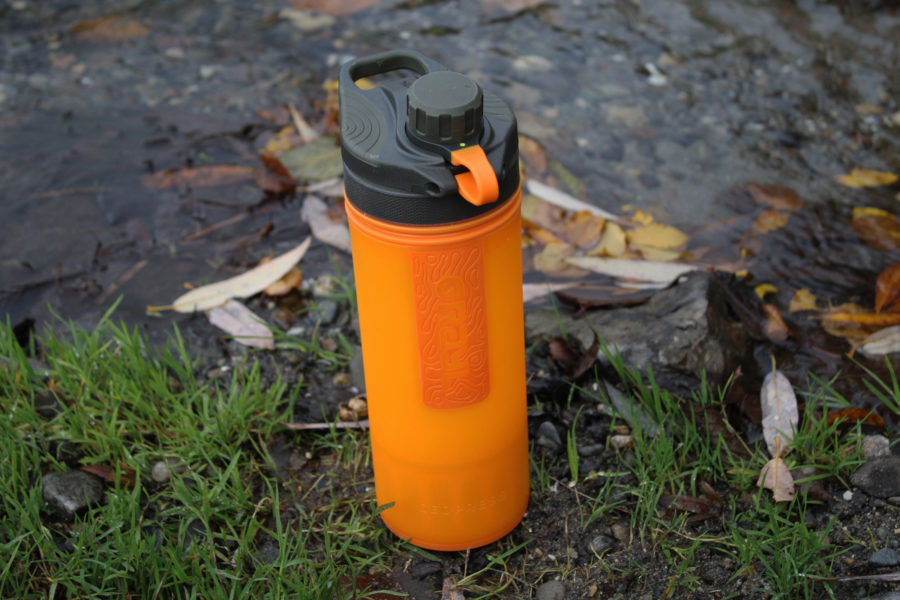
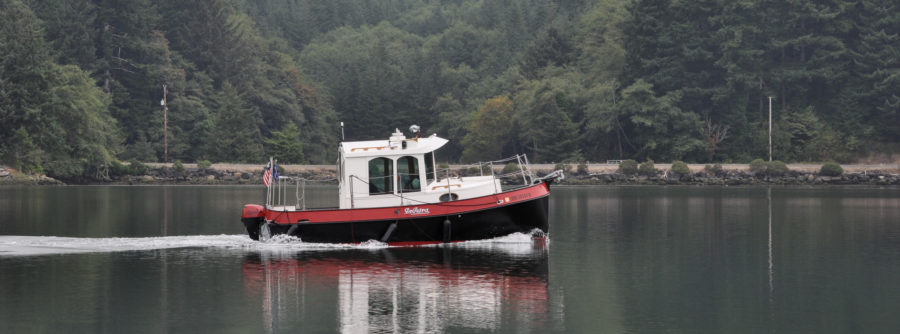
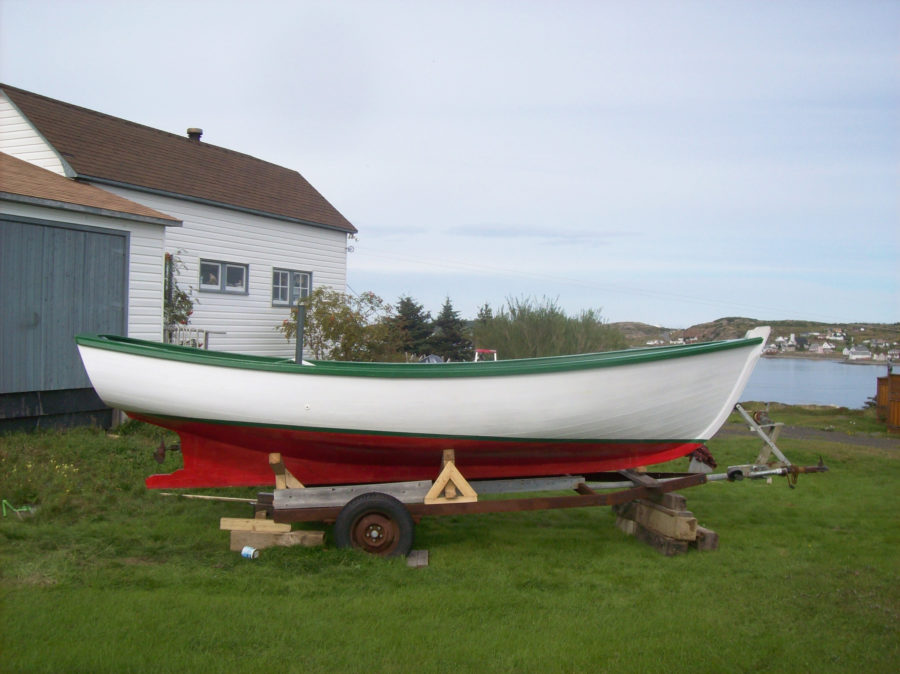
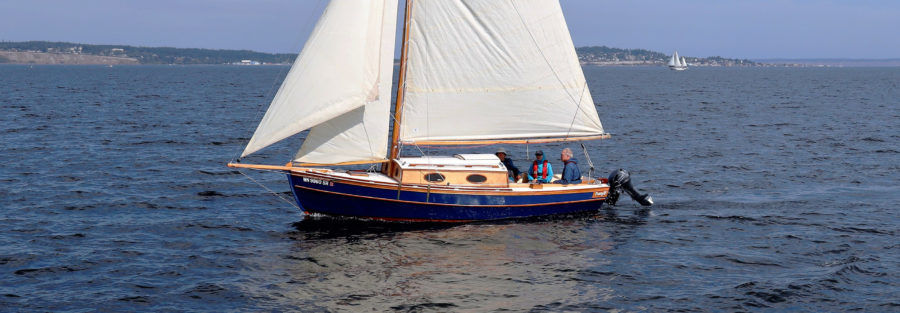
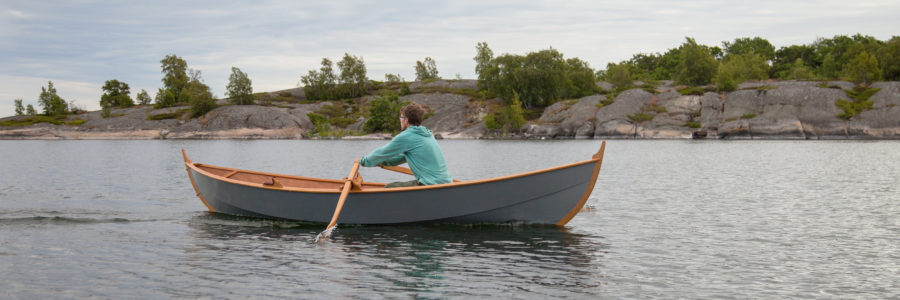

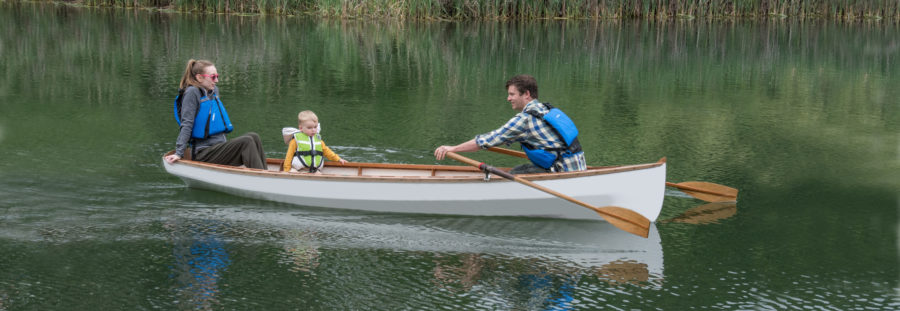

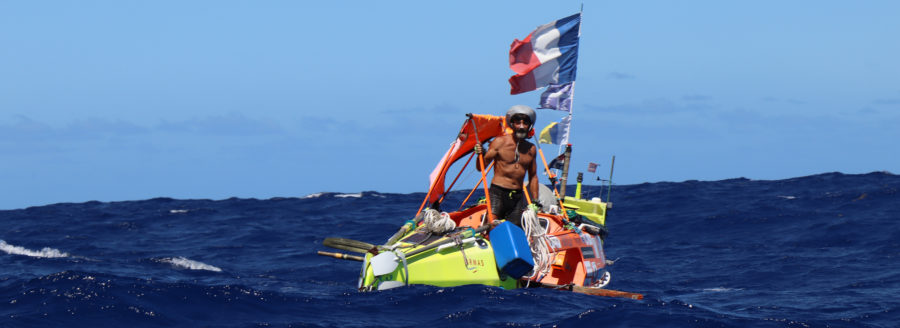
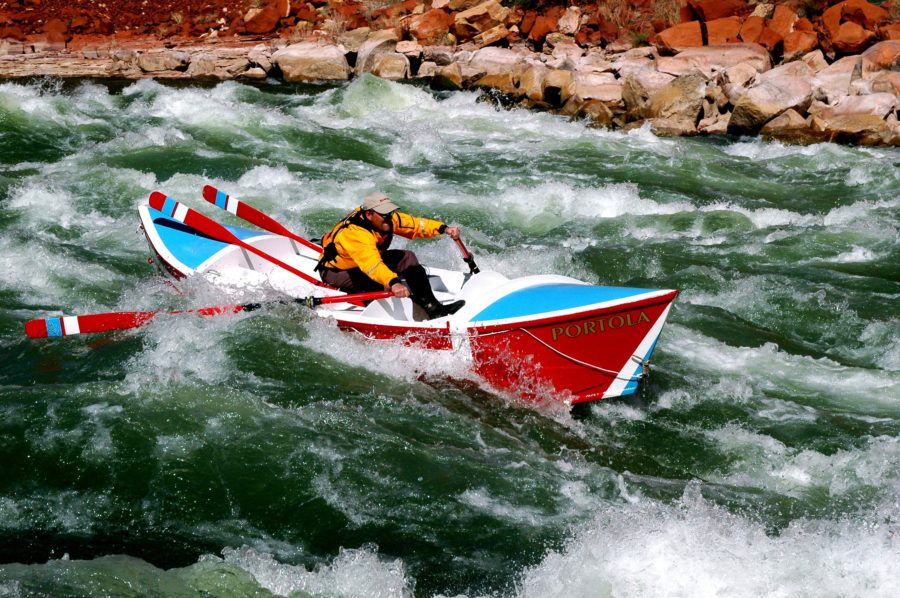
The author has demonstrated his worldly knowledge and experience and put me in my place with his use of French in several places. Since I neither read or speak it I hope future articles by any author will take into account a mere simpleton such as myself who might like to fully understand what the author wants to say.
Ted,
I’m sorry the French phrases annoyed you; I certainly didn’t intend to “put anyone in his place.” I admit that my own French is extremely limited, too, but if you re-read the 3rd and 4th paragraphs, you’ll find each French phrase is merely a translation of the English phrases from the lantern label. In Canada, labels and signs are required to appear in both French and English. Those are the same French phrases that appear later in the article in different contexts.
Great story, well told, Tom!
About 35 years ago, I chartered a keel boat ( a C&C 29 if memory serves) out of Kenora at the north end of the Lake and took my brothers and brother-in-law for a week’s cruise. The scenery was magnificent and we had a good time but I found the sailing stressful due to the tight quarters and zillions of rocks that threatened that deep keel at every tack. A sail-and-oar boat is a much more sensible craft for such an endeavor.
Thanks for the comment, Alex. Reminds me I still need to order a copy of your book, Becoming Coastal.
All those tides and currents you deal with on the West Coast are unfamiliar territory to me so far. I wanted to explore a little more toward Kenora, farther north on Lake of the Woods, but maybe it’s better to leave something for the next trip, eh?
Absolutely. With the number of islands in Lake of the Woods, the total length of shoreline in the lake must be almost fractally infinite. Thousands of miles, I would guess.
I had to look it up: total shoreline is estimated at 25,000 miles, not counting the islands (with them included, it’s 65,000)–enough miles to take you around the world and then some. I’m guessing another trip or two here might be possible.
Great article. I feel challenged to push the envelope when I read about such a fine adventure.
For ballast in a small boat I like water in bags or totes. The cubic polyethylene water totes are good, and usually are available in one-gallon, 2.5-gallon, and five-gallon sizes. The advantage over lead, rock, or sandbags is the neutral buoyancy in case of swamping. The ballast won’t carry your boat to the bottom. The flexibility of the totes lets them fit into awkward spots. The disadvantage is that they are bulky and don’t provide as much righting moment as denser materials. If sailing on the salt chuck, they can become part of your fresh water supply.
Water weighs about 8 lbs. per gallon.
Sure, water ballast would be another way to do it, with the advantages you mention. I chose steel shot because keeping the ballast more compact allows it to fit neatly under the lashed-down dry bags in the forward part of the compartment, with no fears of ballast shifting around or even (I suspect, but have not verified) falling out during a capsize). Steel shot also takes up far less space aboard, allowing me to keep everything but the “cargo area” completely clear. 12 gallons of water would take a lot of space, and the Alaska is not a large boat!
Thanks, Tom, I really enjoyed that! So refreshing to read your low-tech, don’t-overplan approach, which I share. Great Aldo Leopold quote.
Thanks, Osbert. Much appreciated. Still sailing your Walkabout?
Incredible that you made the voyage, Tom, with only a 1:150,000 map, a compass, and your eyes. Did you purposely use that scale, and not opt for charts more close-in? With all those myriad islands to throw you off, I don’t know how you managed. Looking level at a cove or inlet or island from a small boat is so much different than a map view of looking straight down. So many times while sailing, I’ll be looking at Such and Such, and I’ll say to myself, Yep, that surely must be So and So, for sure, and I’ll check the GPS only to learn I’m not anywhere near So and So. Many thanks for recording your intrepid voyage in words and pictures.
Brad,
Thanks for the comment. As far as the large-scale chart, for one thing, paper charts cost about $20 each… 🙂
I’ve also found that it’s hard to hold an overall sense of a place if you’re piecing together smaller charts, which can quickly clutter up the cockpit of an open boat. The 1:150,000 scale meant I could do this Lake of the Woods trip with one chart. I found it worked pretty well, actually–there’s enough detail because there are very few (none?) areas there that would be dangerous for a boat with a 7″ draft, like mine. It can get confusing at times, but there are some little visual/mental tricks I’ve picked up in 25+ years for learning to see and understand features more clearly from a small boat, and match them to the map.
For trips on Georgian Bay, it’s an entirely different story. I have the 1:200,000 overall chart of Georgian Bay for the big picture, but there are so many rocks and shoals (exposed to big fetches) that I use a much more detailed chart while sailing, generally 1:20,000 or so. That allows me to find many more areas to explore, which I wouldn’t always want to risk going into with a less detailed chart.
Nice story, Tom, I enjoyed it fully.
Tom Pamperin, thank you for an inspiring article that makes me want to get out and see new wild spaces. The style of writing too is inspirational, reflecting a willingness to explore more than just new lakes. Truly “S’envolent vers de nouveaux sommets.”
Thanks for the kind words–as always, remember that I had help from a good editor here at Small Boats. But by all means, I hope you find your own trips and areas to explore.
Explore more than just new lakes. Truly “S’envolent vers de nouveaux sommets.”
Tom, your circumnavigation of the Alneau is something I have wanted to do for years. I have spent many summer vacations in and around Sioux Narrows exploring the lake. Whitefish Bay is my favorite part of the lake due to the exceptionally clear water and sparsity of cottage development, but as you say there are many miles of the lake to the north that would be worth visiting on a subsequent trip.
I have also traversed a lot more of the lake in my cold-molded 26′ keelboat during the LOWISA events, when we had it moored at Northern Harbour near Kenora. However, as one reader commented, one needs to be constantly on rock lookout in a deep-draft boat, and the safest approach for sailing at speed is to stick to the buoyed navigation channels.
We wound up moving our keelboat to Lake Winnipeg to be closer to our home in Clandeboye Manitoba, but this open, relatively shallow lake is utterly different in character from the island- and bay-studded Lake of the Woods, which, in my opinion, is the finest freshwater lake in the world for the type of cruising you have done. To this end, I am now building a 17 Shilling sailboat, from plans by Phil Swift of Willow Bay Boats in Windermere, UK. This is a ballasted, centerboard yawl with a cabin that would permit sleeping aboard, avoiding the omnipresent mosquitoes and eliminating the need to pitch a land-based tent every night. However the projected weight of the boat in ballast is 1120 pounds, and a full complement of cruising gear could easily push that to 1500, so having the marine railway at the north end of Turtle lake up and functioning would be critical.
I have visited this facility several times in the past, and have seen boats the size of 17′ outboard runabouts with 90 hp and larger outboards negotiate it successfully, so if the thing were functioning properly it would certainly be up to the task. As a Canadian, I am very disappointed to see the stance that the Ontario Ministry of Natural Resources has adopted on this issue – this is by no means as complicated as something like the locks on the Trent-Severn waterway, and repairs and upkeep on this simple facility are certainly not going to break the budget of the Ontario government. From the looks of the photograph you supplied, some of the rotted wood on the approach needs replacement, and the steel components, as you say are in good working order. Any repairs to this structure could be done over the winter by any welding shop in Kenora, and the parts moved to Turtle lake by barge if they are too large to be transported in smaller boats. Surely this is a facility worth maintaining? Perhaps Transport Canada ought to get involved to maintain this waterway as navigable route for craft larger that canoes?
I’d love to see the Turtle Portage Railway stay in operation. Without it, getting to the southern end of Whitefish Bay and back–a near circumnavigation–would take about 12-14 days in a boat like mine.
The south side was in pretty bad shape as far as docks go (there weren’t really any left)–the photos don’t really show that. The north side had good solid docks and was in much better shape. But I guess the whole thing will probably be gone next summer.
I love the Canadian Shield area—rocks, trees , rivers and lakes—and your boat is gorgeous. A great account of a lovely trip. The mosquitoes, on the other hand, would drive me out.
With a friend on a northern canoe trip we set up the tent on a grassy area by a stream. Coming back in the evening we encountered the same sucking insect issues as you; ran into the tent as fast as possible and then spent a lot of time on the bloody slaughter. Fortunately, the walls of the nylon tent were already a reddish orange. After having got to sleep we woke with the no-see-ums chewing on the exposed portions of our hides. Didn’t spoil the trip entirely because we learned to pitch the tent in the open where the breezes would help diminish their interest.
Yep, I love the Canadian Shield. As for the mosquitoes, I’ve had much less trouble by anchoring just a little offshore–only ever had one bad mosquito night while sleeping at anchor in 10 years. Camping ashore, as long as your tent is ready for retreat as soon as the mosquitoes come out (around dark), you’re fine. It was just arriving at camp after dark (in a windless little backwater) that made my first night so bad on this trip.
Thanks so much for this account. It seems to me the very essence of a sail/oar adventure.
Yep, I don’t sail the Canadian Shield area without a tent. A freestanding one because granite doesn’t hold tent stakes well. I can often still sleep aboard at anchor, but I know I always have the tent to retreat to–and I try to make sure it’s set up and ready before dark!
Thanks, Harvey–
I think Lake of the Woods is a great sail-and-oar destination–lots to explore, enough big water to push your capacities a bit when you’re ready, and plenty of shelter when you need it. Probably a good place for a first major trip; a step down in challenge from Lake Huron’s Georgian Bay, I’d say.
I can remember camping in that area on a clear summer’s night with no wind…and no tent. That is the only time I have ever experienced mosquito bites on the inside of my mouth. I slept with a mummy bag over me and a just breathing hole for air. The next time we brought a tent. Also, if possible, try to find an open beach with an onshore breeze.
Tom Pamperin,
Thank you for this inspiring account and for sharing some pictures of your nice boat. I cannot see on the pictures how the yard is kept against the mast when reefed. With a round metallic traveler?
Pascal,
Thanks for the comment. I don’t use one of those metal rings, though I may try it sometime–they look nice for sure. In my boat, the halyard ends at a snap link that clips onto a loop of line on the yard. There is another short line (maybe 4mm diameter) for a parrel. It is tied into the snap link on the halyard, and runs around the mast and hooks back into the snap link. That line holds the traveler tight to the mast.
So, when dropping the sail, I simply unsnap the halyard from the yard, and unsnap one end of the parrel line, leaving it dangling from the snap link. Before hoisting, I clip the halyard into the yard’s loop, then run the parrel line around the mast to clip it back into the snap link where it began. Does that make sense? It’s much more complicated to put into words than it is to use in action. Very simple, and works well without spending much money.
Dear Mr Pamperin,
Many thanks for your kind and very comprehensive reply.
Best regards, Pascal
Thanks, Tom, for the inspiring and informational story. This trip is definitely on my list and close enough that I have little excuse (I’m in Superior!) I’ve been working on outfitting my Navigator for just this type of adventure. I’m hoping to get up on Rainy Lake this summer (COVID has killed plans to head out to Isle Royale on the Ranger III) but Lake of the Woods has been a dream for quite a few years now. I’d be interested in how you would compare it to your Lake Nipigon adventure.
Tim,
I’ve wanted to do the Isle Royale trip myself. I’m not sure if I’d ferry out on the RANGER III or sail over from the west, but either way, that trip is on my list for sure.
The main difference between Nipigon and Lake of the Woods is that Nipigon is far more remote–maybe the most remote cruising available around the Great Lakes. In 10 days there, I saw 1 empty cottage (first day) and not a single other boat or person, though I sailed from the south to north end of the lake and back. LOTW I saw cottages every day, and boats/people on 5 or 6 of 7 days.
There is a heck of a lot more open water on Nipigon, too, with bigger fetches than in the islandy parts of LOTW. The terrain (heavily forested islands, some cliffy islands) is similar. With high water like the Great Lakes have right now, I suspect it would be very difficult to camp ashore on Nipigon, though. In my 10 days there, I think I slept ashore only twice. I like the remoteness myself, so would probably prefer Nipigon to LOTW. But you really do have to be comfortable being out there all on your own.
I live in Rainy River, Ontario, a hop skip and a jump from Lake of the Woods, and want to thank you for the inspiring article, Tom. Inspiring to me because, as is the usual case with humankind, I don’t explore my own backyard enough. In spite of having crewed in several LOWISAs, and having a cottage at the south end of this fascinating lake, I find myself wondering why I haven’t gotten around to circumnavigating the Aulneau Peninsula. It seems like such a natural objective that it should be “sold” more by local tourist groups as a wilderness experience, much as I hate to think about that concept. If that were the done more, perhaps the Turtle Portage Marine Railway might get a stay of execution. To my mind, local tourism groups focus too much on fishing, fishing, fishing, but of course that’s where the money is that pays their bills.
That little funicular has assumed mythical proportions in my mind. When I first came here back in the 70s, my father in law , a dedicated fisherman and hunter told me about it in passing, and then qualified his remarks by saying he didn’t know if it was still used and now, fifty odd years later, I perked up when I saw where your article was heading, but I still don’t know for sure what the status of the little railway (whose title is almost longer than its length) actually is. Maybe its something an older person, who feels he is circling the drain, should look into.
I didn’t notice what time of the year you made your trip at, Tom. All those mosquito issues might have been alleviated somewhat if you had traveled later in summer, or in early fall. Alleviated but not prevented perhaps, cos it seems there is always some six-legged little pests to contend with on the lake. I’ve been meaning to create a rogues gallery of bugs for my cabin wall titled “What’s Biting Me Today?” What my big fear is in that department is,is bears, and you make no mention of any precautions about them. I have to admit that they keep me from solo overnight camping trips on the lake, but that might be just me, though there was a couple killed a few years ago in an island encounter with an evidently very hungry bruin.
Again, thanks for the article and the photos, Tom. A good concept well reported.
John,
Thanks for the comments and kind words. I made the trip in early-mid August. The skeeters were only bad that one night, arriving after dark. Otherwise I made sure to have the tent ready to go for a quick retreat when they came out–but even so, they were only bad at that first camp. And I know what you mean about fishing being the main draw for tourism. I kind of enjoy being an outlier that way. The Aulneau certainly makes a nice trip, though, and I could see it being successful for guiding or rentals if it became better known.
As for bears, I’ve done a lot of travel in bear country. My main precaution is to avoid cooking meals at camp, so no cooking/food smells to attract bears. I eat supper aboard at some point, usually anchored in a nice quiet spot, and almost always keep sailing (or walking if it’s a backpacking trip) later into the evening before setting up camp–that can of peaches mentioned at the end of the article was a rare indulgence.
Wonderful story! I have wanted to sail/row that area for years, and perhaps have some adventures on the Great Lakes. Alas it will probably not happen. I must make do with the Salish Sea. But I loved this account, for your approach to small boat sailing is very much like my own. Thank you so much!
Michael,
Thanks for the comment and kind words. But I have to say, “making do with the Salish Sea” does not sound too terrible. What kind of boat?
Really enjoyed the article,Tom. I’ve wanted to go that route myself. I’m more interested in “Boat Camping,” sleeping on board, anchored in a secluded cove. Finding Ontario regs on doing that is a daunting task. Now with COVID, that would be impossible. I’m an American living on the Northwest Angle, Minnesota, and built my little camping boat,a Glen-L Bo-Jest. I grew up on Lake of the Woods, however I have not explored everywhere.This year, I might have to settle on the local creeks.
Tim,
I’ve done a lot of sleeping aboard on previous trips–enough to prefer it overall. But the tarp I usually use for a boat tent tore and I didn’t have time to rig a replacement for this trip. I’m working on a more permanent custom hoop tent design.
No need to worry about a tent with your Bo Jest, though–what a great little power cruiser! I could be very happy aboard a little tug like that for a long time.
I don’t think I could use the Turtle portage as from my research,the railings on the cart are too close together. My boat is 8′ wide. It’s similar to the Bo-Jest mentioned on this site just not as pretty.
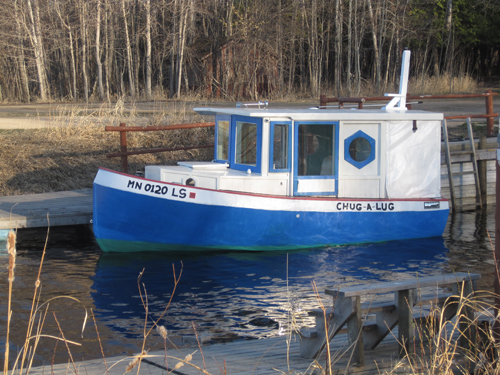
Yep, the sign did say the max beam it can take is 72″. But if they follow through on the planned de-commissioning, I guess that doesn’t matter too much.
Hi Tom,
I just finished reading your adventure story to my wife, who is healing from cancer, and wanted a distraction from some discomfort she was feeling before bedtime. She asked for a story. I had wanted to read yours for many weeks now and it was just what we needed. Although we haven’t done much boating, for a short time, we were traveling with you. Very enjoyable, and as the story ended, my wife drifted gently off to sleep. Many thanks!
Shawn,
Thanks so much for your note here. My mom is a cancer survivor, as was my dad, so it’s really meaningful to hear that my story has offered some small part of what you and your wife needed at the moment. Best wishes for the rest of the journey–may it go smoothly, with time to enjoy everything along the way, and plenty of rest when you need it.
Tom
Hi! Love the look and stability of your boat, and the lug rig.
I’m wondering if there is any advantage to the one you have vs. a balanced lug sail and why you chose the one you did.
Frank, I’m sorry for the late reply, but hopefully you’ll get a chance to read it if you’re still interested. Here goes:
I would say a boomless standing lug vs. a balance lug with a boom is not so much a question of advantages, but one of trade-offs and compromises. A boomless rig doesn’t allow you to sail dead downwind the way a boomed rig does, and sheet angles are critical for performance (generally as far aft and outboard as possible–no center sheeting!).
The trade-off is, one less spar to build and stow and handle, and one less spar to hit passengers. I have used both balance lugs and boomless standing lugs, and have come to prefer the boomless rig for myself. Less control of sail shape is possible, so a boomless rig enables lazy sailing (no need to constantly tweak sail shape). But another trade-off is, the twist that happens in the head of the sail automatically depowers the sail, which can be somewhat of a safety feature. Basically, I think of the boomless standing lugsail as a rig that pretty much disallows “Type A” behavior. I like that, as I am pretty much a “Type Z” sailor. 🙂
Tom
I miss Tom’s stories.
John,
Thanks for the comment–that’s very kind to say. Life gets in the way at times, but I’m hopeful that I’ll have some more boat-related stories to tell before too long. It’s always nice to know my writing is appreciated!
Tom